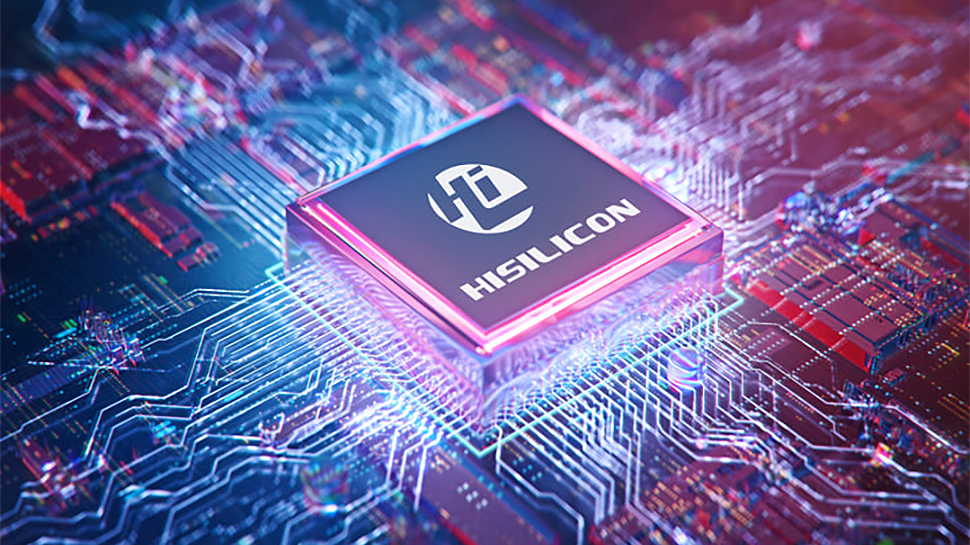$100 says this is a rebranded chip from something else, just like with the Powerstar P3-01105 CPU.
Doesn’t seem like it. The chip supports SMT aka hyperthreading with 8 cores and 12 threads, which is not something you see on a typical mobile ARM* SoC.
edit: I missed a word.
This is the best summary I could come up with:
In another Global Times publication, Chinese analysts labeled N+2 as SMIC’s 5nm-class production node about a year ago.
Yet, there are independent proofs from TechInsights that SMIC produced MinerVa Semiconductor Bitcoin mining ASICs on its 7nm-class N+1 technology.
Meanwhile, SMIC’s Twinscan NXT:2000i deep ultraviolet (DUV) lithography scanners can make chips on 7nm and 5nm technologies, so that the company may have developed a 5nm-class fabrication process.
Huawei’s HiSilicon is China’s most successful chip designer that has used to adopt TSMC’s leading-edge fabrication technologies.
After Huawei lost access to American technologies in 2020, HiSilicon could no longer work with the world’s largest contract maker of chips, and it is believed that the parent company helped SMIC to advance its fabrication processes.
Huawei has not commented on the matter, and even state-ran Global Times does not explicitly say that the HiSilicon Kirin 9000S uses SMIC’s 5nm-class process technology but prefers to call the information a rumor.
The original article contains 574 words, the summary contains 148 words. Saved 74%. I’m a bot and I’m open source!
I am not sure if American legislators realize that all these trade restrictions are only accelerating Chinese domestic chip development. The restrictions have the same effect as import tariffs, which is exactly what a government would do if it wants to protect and/or develop its own fledgling industry.
They were going to figure it out eventually anyway. It buys some time I guess. I don’t know what for, though.
This is definitely real and not propaganda because the Chinese economy is in a huge downturn.
tomshardware.com is [checks notes]… Chinese propaganda.
The cope is unreal
My only surprise here is the turn around. According to the people I listened to China was nowhere near the 7nm range, at all. Sanctions were put place no less than half a year ago, so for them to have figured it out this quickly is what’s making it look sus. It takes nations years if not decades to get to thus point, and countries have failed trying too. My money is they are using western manufactured lithography equipment.
Edit: From the South China article:
TechInsights said SMIC used existing equipment and its second-generation 7-nm process to manufacture the 5G-capable Kirin 9000s for Huawei
Huawei was known to have been stockpiling chips from its HiSilicon unit before TSMC cut ties to comply with US sanctions
Doesn’t it make you think those people were probably wrong? Far too many people base statements like that on assumption. From the article I read they’re using a different method to fabricate them and they’re very different to other chips on the market - china have a huge engineering sector and have been investing heavily in chip r&d for a long time.
I doubt it. Ten years ago when I was in college I attended a presentation of a researcher who was working on lithography methods at the 9nm scale and the challenges that came with it. A country doesn’t go from making 40nm chips to making 7nm chips in less than a year. It’s simply not possible. If it was that simple Taiwan wouldn’t be geopolitically important, where all of the silicone fabs capable of <7nm are located and how they supply literally all of the world because no one else can. India tried started an industry and failed. The US is now spending billions of dollars to open up fabs in the US and its going to take them way more than a year or two.
It’s like the development of the hypersonic missile, you simply cannot develop it overnight. So when China or Russia says they have it I’m skeptical, and with Russia it turned out that they really didn’t have a true hypersonic missile as was shown in Ukraine.
As I understand it, the sanctions against China were not against the chips, but the manufacturing equipment for making the chips which China does not know how to make and its the part of the intellectual property that the US controls. Like I said, I think they circumnavigated sanctions to get this equipment, and probably got some workers who knew how to work them. That is if the headline is true.
The amount of copium in this thead from triggered Americans is over 9000.
When I use my (Android) phone I very much feel that I am not the customer but rather the product and it would be much worse (I think) if competition wasn’t there. in some ways, my experience with one (bad) Chinese phone was much better than what I had with one from South Korea.
Semiconductor Manufacturing International Corporation (SMIC) is a partially state-owned publicly listed Chinese pure-play semiconductor foundry company. It is the largest contract chip maker in mainland China.
…SMIC ordered an EUV step-and-scan system from ASML Holding for $120 million in 2018. The order was blocked after the US government lobbied ASML and the government of the Netherlands.
(…Wikipedia)Try a Pixel rather than a Samsung. Despite being from Google (whose main schtick is advertising) it’s a pretty clean experience, while my family members’ Samsung and LG (who have since exited the market) devices have pre-installed, unremovable apps, stupidly hard-coded configs and - esp in the case of Samsung - often seem add new bullshit in after updates.
Samsung in particular pisses me off given how they charge a premium for devices that are full of intrusive bullshit.
Espionage is worse on a Pixel, if that’s something you care about then obviously avoid. I’m not sure if Graphene OS on Pixel devices is good for daily users though, it could be an option.
Yeah even current Pixel versions can still load the alternative OS’s, which is nice. Espionage… I’m not sure it’s really higher on Pixel. Pretty much all of that is already available to Google via the Android OS/services itself so I’m not sure they’d need to add anything for the phones (not that it makes it good, just didn’t seem any worse than i.e. my old stock-build Chinese phones), but with the Sammy devices you also get the preinstalled shovelware plus you to agree to Samsung’s conditions to use the second.
Thanks, I always went for the cheapest phone. Now, it’s been a few years with my last purchased and next time I will try and follow your advice or maybe go for Moto G…
Avoid the moto g series, they’re a clean Android experience but moto cheaped out on the CPU and they’re terribly slow. The Google pixel 6a is a good cheap phone and it’s going to get updated to Android 14 and security updates for another 2 years. I’ve been enjoying it quite a bit and it’s a clean stock android experience.








